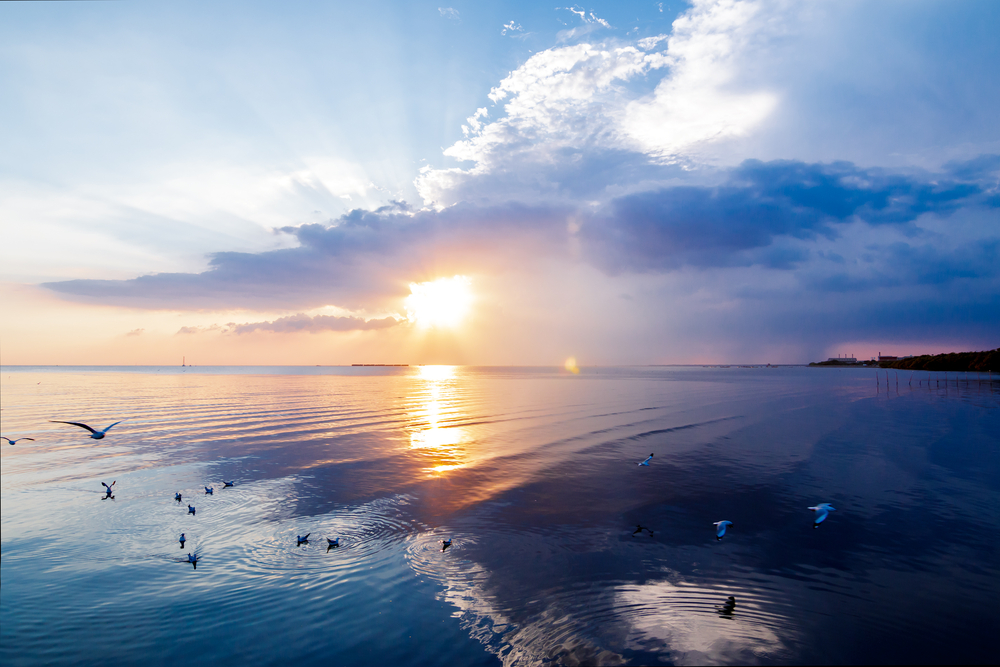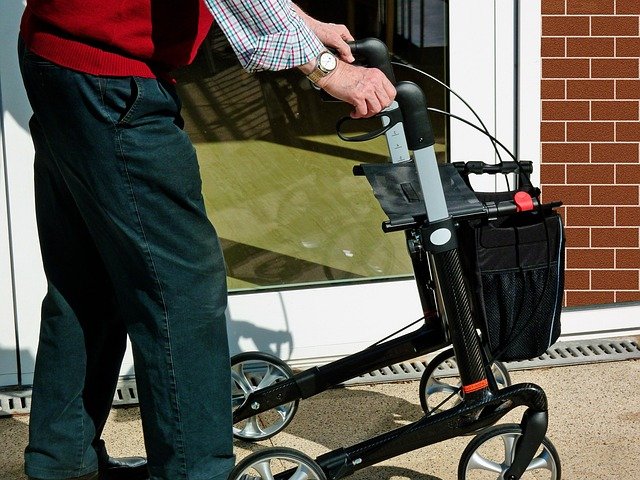Unveiling the Health Potential of Blue Spaces: A Dive into the Healing Power of Water
Introduction: Have you ever wondered why being near a body of water makes you feel calm and relaxed? You're not alone. The phenomenon, known as the 'Blue Space Effect,' is gaining interest within the scientific community. Let's dive deeper into the healing power of water and the potential benefits it can offer.

The Science Behind the Blue Space Effect
The term ‘blue space’ refers to visible bodies of water like oceans, lakes, rivers, or even a simple fountain. Early research in this area emerged from environmental psychology, which studies how our surroundings influence our emotions and behaviors. Scientists began to notice that people felt calmer, happier, and more rejuvenated when in close proximity to water.
Blue Spaces and Physical Health
Recent studies have focused on the physical health benefits of blue spaces. A 2016 study found that people living near the coast had better physical health compared to those who lived inland. Researchers speculated that this could be due to increased opportunities for physical activity and reduced stress.
Mental Health Benefits of Water
Blue spaces don’t just benefit physical health; they also have a profound impact on mental well-being. Research has found that exposure to blue spaces can significantly reduce stress levels, improve mood, and enhance cognitive functioning.
Challenges and Credibility
Despite the promising findings, some challenges in this field of research need to be addressed. For instance, many studies are correlational, making it difficult to establish a causal relationship between blue spaces and health benefits. However, the consistency of findings across multiple studies lends credibility to the blue space effect.
Fascinating Insights from the World of Blue Spaces
- The sound of water is often used in mindfulness practices and relaxation techniques.
- Water bodies absorb nearly four times more CO2 than land, making blue spaces essential for climate regulation.
- The term ‘thalassotherapy’ refers to the use of seawater in therapeutic treatments.
In conclusion, while more research is needed, the connection between blue spaces and health is a promising area of study. The potential of blue spaces for health promotion and disease prevention may inspire us to rethink the way we design our cities and communities. As we continue to uncover the healing power of water, we embrace a future where our environment is not just a backdrop to our lives, but a vital component of our health and well-being.




